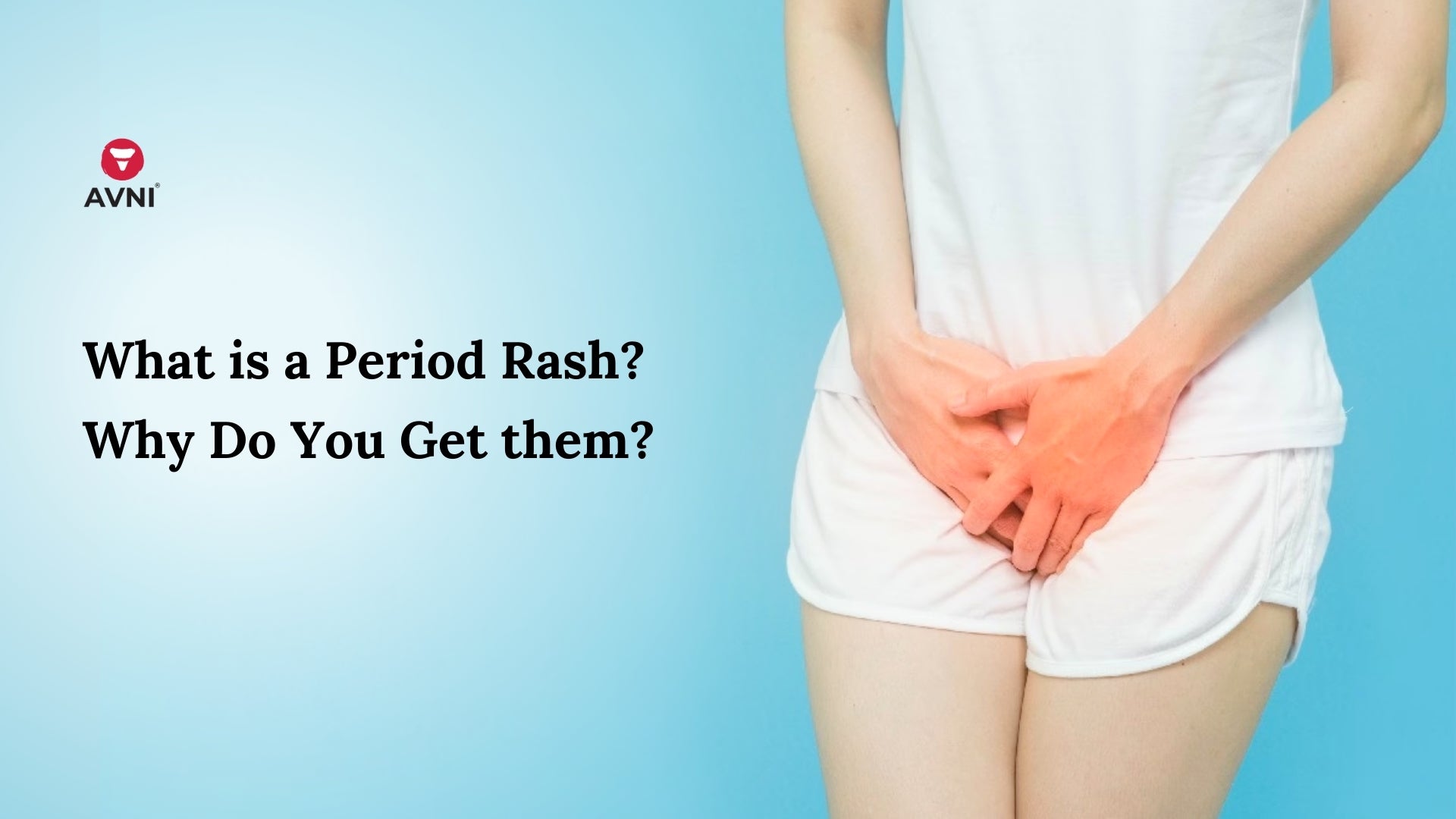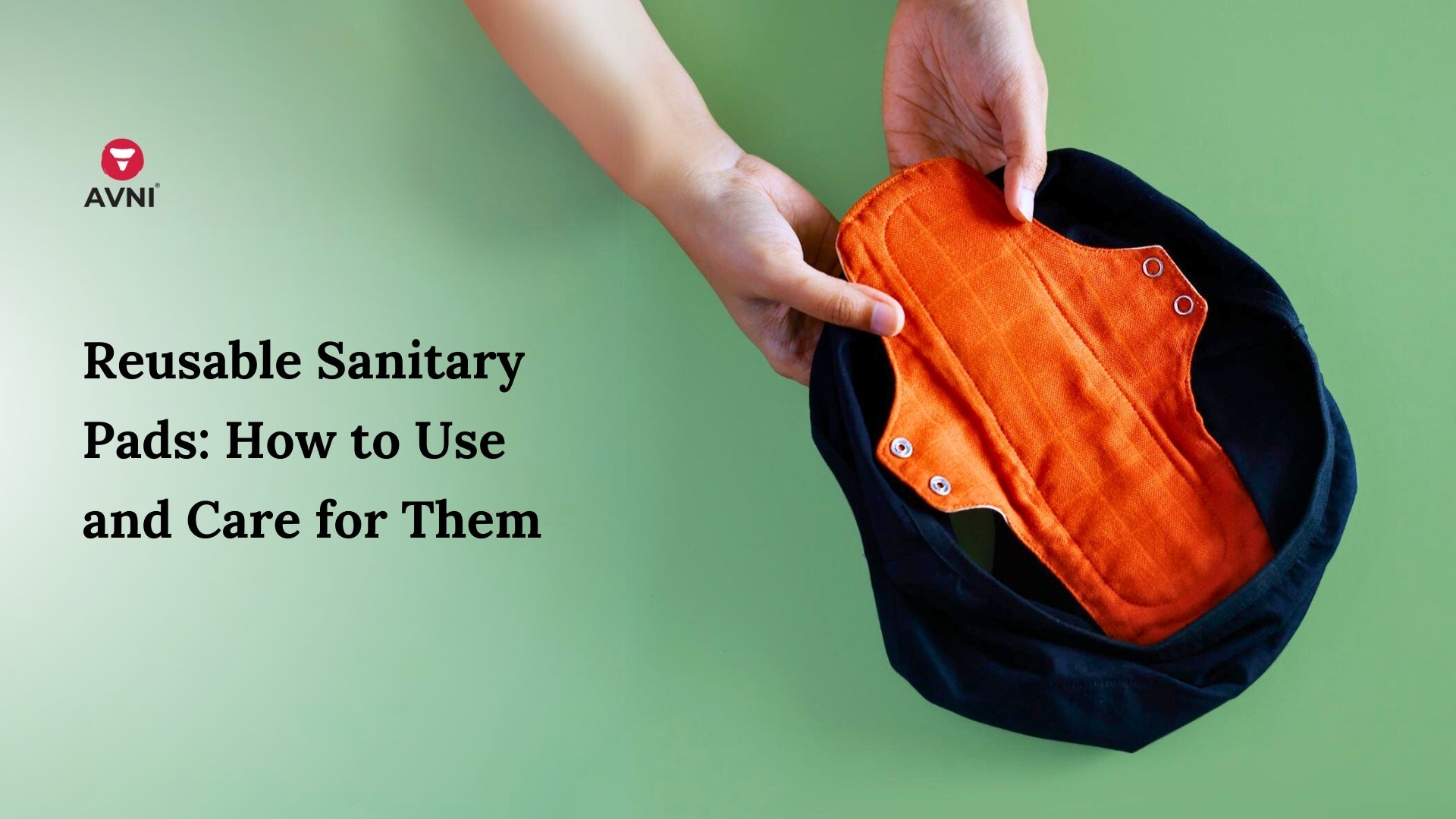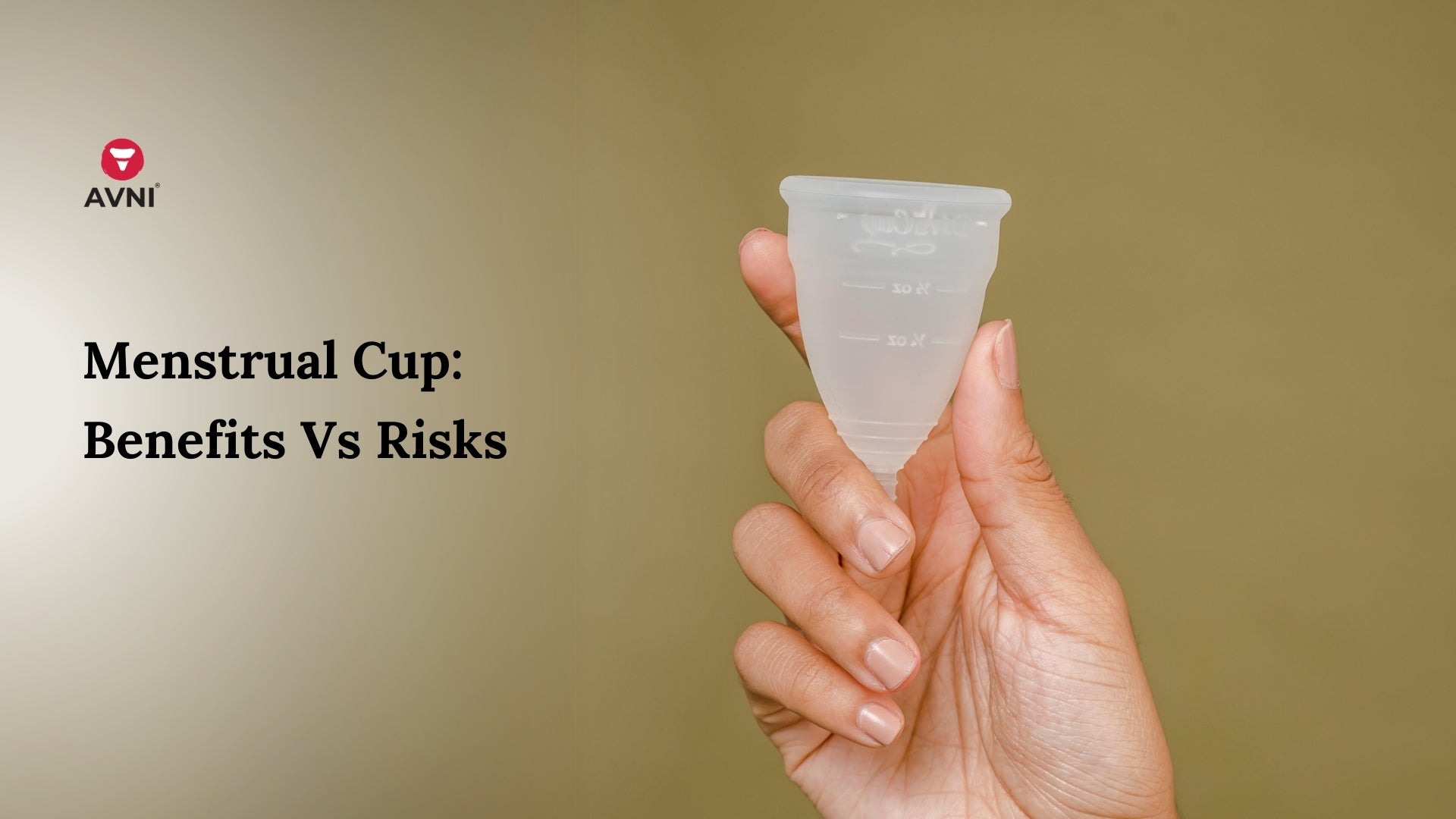
What is a Period Rash? Why Do You Get them?
Most women contend that the hardest few days in a month are “that time of the month”. But did you know it could get worse! Yes, getting a period-related rash could make matters much more awful, so let’s begin by hoping you’ll never have to experience this again.
The culprit in this situation often is the sanitary pad which sometimes leaves a rash, which leads to itching, redness, swelling, and we all know how annoying this can be. A pad can cause this due to friction, allergic reactions with the skin, bacterial buildup, and moisture retention.
With that said, let’s learn how sanitary pads can cause period rash, the treatment, and how you could possibly resolve the issue by switching to reusable sanitary pads.
Why Do You Get them?
As the most common reason for period rashes are sanitary pads, let us break down the science behind this, and then the structural compositions of sanitary pads that lead to it.
The umbrella term for period rashes caused due to friction or other kinds of contact is ‘contact dermatitis’, and if the rash is localized to the vulva, the contact dermatitis is termed ‘vulvitis’.
Generally, a conventional sanitary pad is made of more than 90% plastic. Although the plastic is processed & engineered to be skin-friendly, it seldom agrees with women’s sensitive skin and the sensitive area it is used for.
The top sheet, absorbent layer, back sheet, adhesive, and fragrances added have all the potential to be irritants to cause dermatitis, which is often avoided by using natural pads.
The Culprit: Conventional Sanitary Pad
These are some of the most commonly used layers & materials in a conventional sanitary pad, and explained below is how exactly they may cause period rashes.
Top Sheet: the part of the pad that comes in contact with the skin, the top sheet is one of the main reasons for contact dermatitis. With substances like zinc oxide, polyolefin, and petrolatum, it is no wonder that women experience period rash after using such top sheeted pads.
Absorbent Core: As the name suggests, the absorbent is situated between the top sheet and the back sheet, and does the crucial function of absorbing the period fluids. Made predominantly or absorbent foam, cellulosic pulp, or wood cellulose, this layer may cause allergic reactions as well.
Back Sheet: The back sheet of conventional pads are often made of polyolefin's, Polyethylene (PE), and Polymer (SAP), which are all chemicals obtained substances.
Adhesive: Every pad roughly contains 7% adhesive which helps you stick the pad to the underwear. Made of glue similar to that found in glue sticks used for crafts, even the FDA approved pads on rare occasions cause subtle irritation.
Fragrances: Yet another rare instance is when brands add fragrances to their sanitary pads. Although there are chances of rash due to the chemicals present in the fragrance, some companies add a layer of fragrant sheet under the absorbent layer. Both these instances can cause rash but it is quite rare.

Reason & Remedy the Rash
Now that we know the main reason for a period rash, let us see the causes, mistakes to avoid, treatment, and other things to keep period rashes at bay.
Friction: The Center for Young Women’s Health avers that the friction of the sanitary pads while walking, running, cycling, and other physical activities can cause period rash. You may try to wear a smaller pad to avoid this from happening and changing them more frequently must work.
Changing pads infrequently: It is advised that changing pads every 3 to 4 hours is ideal for hygiene to keep away from period rash. Regardless of a larger or a smaller pad, staying pressed against the vulva for longer durations can lead to a rash & infections so despite heavy or normal flow, it is in your best interest to change sanitary pads every 4 hours.
Moisture & heat: Remember that the purpose of a sanitary pad is to trap fluid from flowing out which means it traps moisture & heat the same. Urine, sweat, nylon underwear, and pad adhesives can exacerbate the moisture issue, leading to infection and rash.
Infections: The mistakes mentioned above could lead to infections like bacterial vaginosis, lower reproductive tract infection, and yeast infection. The same could lead to swelling, itching, vaginal discharges, and others, so hygiene is queen when you want to steer clear of period rash.
Diagnosis & treatment: Firstly, it is imperative to figure out if you just have a rash or if it is infected. If it is just a rash, it usually appears after a few hours of wearing a pad and reoccurs after frequent use.
In case there are any of the below-mentioned symptoms, it could be an infection, which needs to be treated immediately.
- Pain while urinating
- Itchiness
- Pain during sexual intercourse
- Abnormal fluid discharge
- Fever or temperature in some cases
Treating a rash or an infection is based on particular cases & instances. If you’re experiencing contact dermatitis, changing the brand of the sanitary pad may fix the rash, or you may try menstrual cups, tampons, or even go green by using cotton pads that are reusable. In some cases, doctors may prescribe steroid creams, antibodies, and medication to resolve contact dermatitis.

FAQs:
Are natural sanitary napkins safe?
Absolutely. The usage of natural, cotton, reusable, biodegradable sanitary napkins is rising because they are made of substances found in nature, as opposed to conventional pads that are made of plastic.
What should I do first to treat a period rash?
Wash your vulva, vaginal area, keep dry, and maintain hygiene. Next step is to figure out if the particular napkin brand is giving you a rash or is any of the above mentioned practices.
What should I do if I have the symptoms of infection?
It is imperative to diagnose what kind of infection you have and most yeast infections are remedied by anti-fungal medication. So without delaying further, visit a doctor immediately.
What if the itchiness or the pain doesn’t stop even after being precautious?
In such a case, it is advised to visit a doctor immediately as the reason may be something else that doesn't pertain to period rash or related infections.



Leave a comment
This site is protected by hCaptcha and the hCaptcha Privacy Policy and Terms of Service apply.